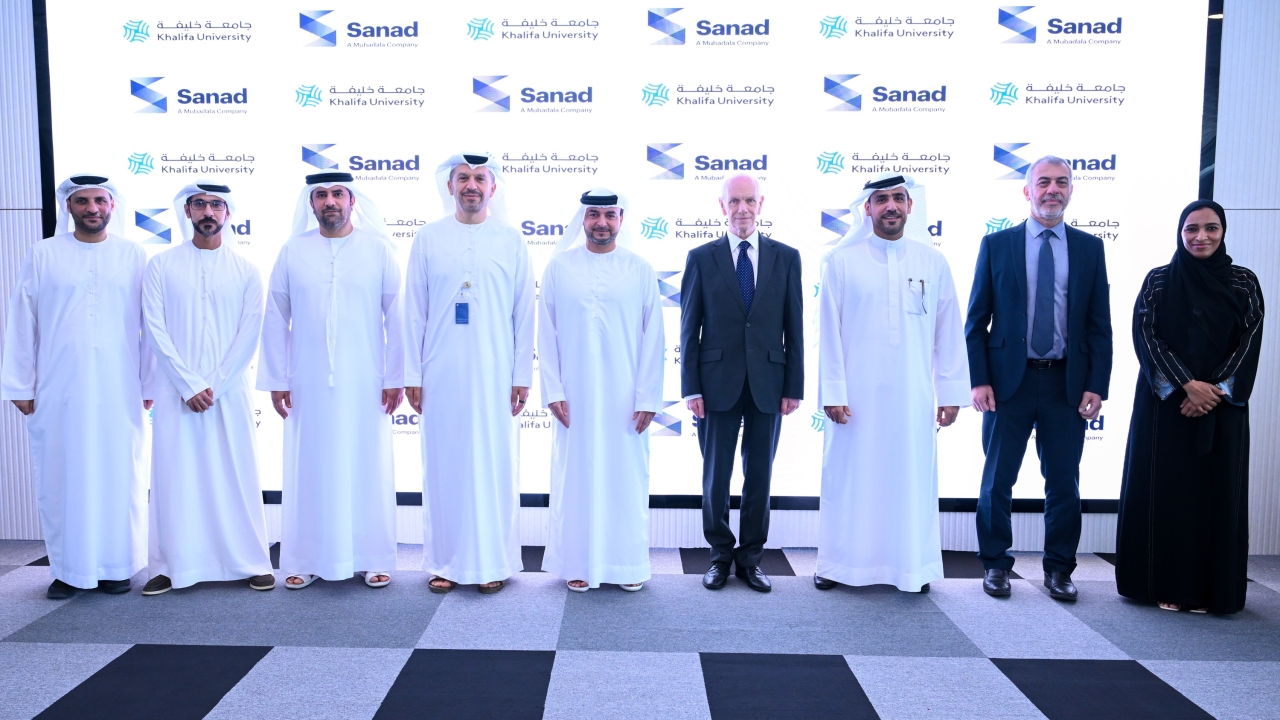Spatial delivery
As airlines continue to receive deliveries of next-generation aircraft, Spatial is delivering training devices to match.
Marcelle Nethersole reports.

Spatial has seen business increase so much in the last two years – 10 major contracts in the last few months alone – that it has upped its staff numbers by 50%.
The company manufactures all aspects of cabin crew training devices, as well as contract manufacturing on behalf of selected third-parties.
Its core product line consists of cabin emergency evacuation trainers, door trainers and cabin service trainers, but it also provides virtual reality (VR) and augmented reality (AR) training products.
“On the contract manufacturing side, our most relevant work is producing sub-assemblies to L3 Commercial Aviation for its RealitySeven full-flight simulators,” said Marc Van den Broucque, managing director.
Over the last year the company, based in Ras Al Khaimah (RAK), has been “very busy” providing around a dozen devices incorporating the new A321 semi-automatic over-wing exit, as well as A350 and B787 training devices.
“We are just embarking on the manufacture of the world’s first B777X cabin emergency evacuation trainer, which will incorporate a number of innovations and be a truly flagship device for both ourselves and our customer,” said Van den Broucque.
“Aside from that, we are working on a significant virtual reality project with another of our customers, which will be truly transformational for them. We hope will represent a blueprint for other airlines to optimise their future training strategies.”
All of Spatial’s products are custom-built for its clients and turn-around times depend on the complexities of the product.
“Every element of each device we make is precisely tailored to individual customer needs and we pride ourselves on ensuring that each product has the same look and feel as an actual aircraft straight off the production line,” said Van den Broucque.
“All needs and products vary and, due to this, it can be up to a year for the most complex devices to be complete. We are, however, absolutely committed to using our best efforts to meet our clients’ deadlines. An example of this would be our delivering the first A321 semi-automatic over-wing exit trainers globally to EasyJet, which we achieved within less than 10 weeks of receiving the relevant data from Airbus.”
With all the work going on, the company has also increased its staff count to more than 130 people.
“All of our design work is carried out by our in-house team using the latest graphics packages and original equipment manufacturer (OEM) aircraft data. Undoubtedly, it is our staff that make the real difference to our business,” said Van den Broucque
Being located in RAK also suits the company as it is “geographically perfect” for business.
“Our facility is more than 50,000sqft and is equipped with the latest computer numerical control (CNC) machinery, 3D printing and lamination technologies, as well as assembly and painting facilities. We also have a dedicated electronics and automation workshop on site, too. Having such a large space works well here in RAK,” said Van den Broucque.
“Its central location between east and west allows us to serve both geographic markets very well.
“RAK is a very cost-effective location in which to do business, meaning we can operate with a lower cost base versus other competitors in our industry without having to sacrifice product quality. This allows us to pass on savings to customers, who benefit from having the highest fidelity cabin crew training simulators on the market at the lowest possible total cost of ownership.”
With all its progression, the company has also launched an office in Los Angeles, USA, this year to offer 24/7 customer support.
Stay up to date
Subscribe to the free Times Aerospace newsletter and receive the latest content every week. We'll never share your email address.

